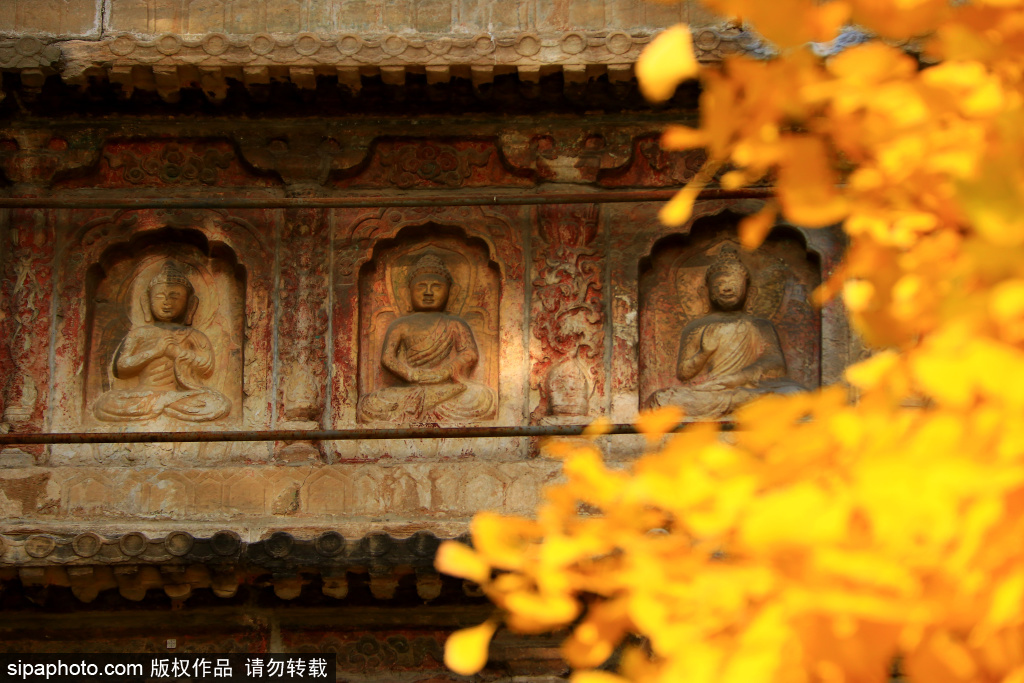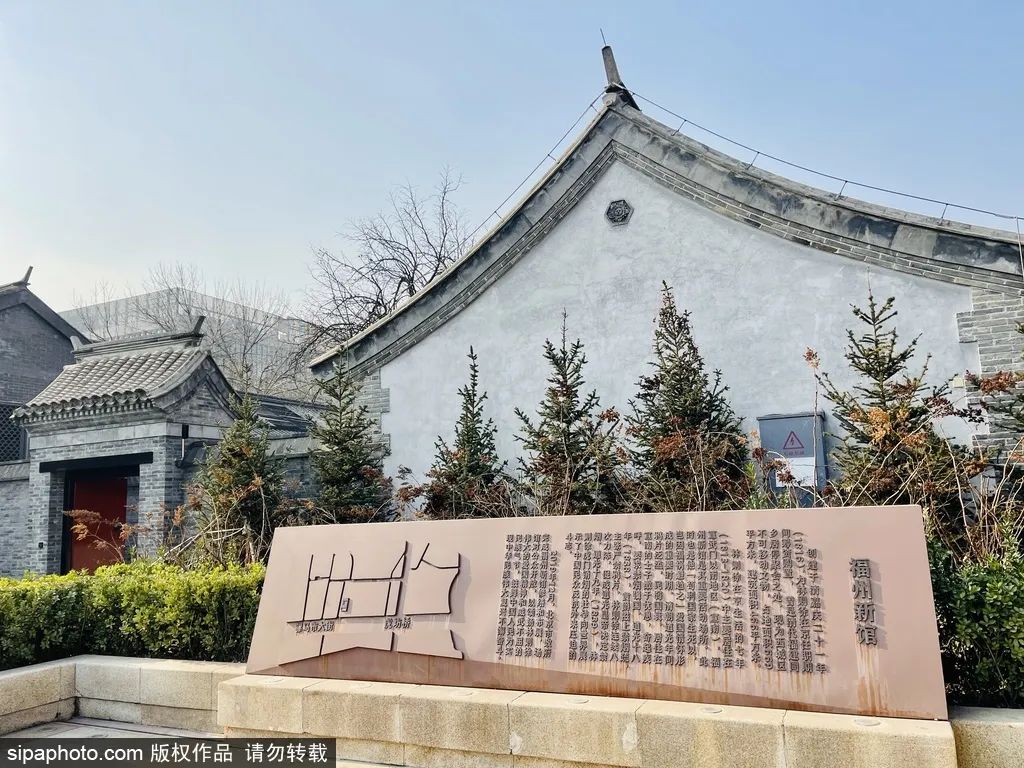Beijing Stone Carving Art Museum

-
Type:
Art
Description
Beijing Stone Carving Art Museum
With a history of more than 600 years, Zhenjue temple has the most beautiful Vajra throne tower in China, and the two ginkgo trees in front of the tower are the same age as the Temple, attracting a large number of tourists every autumn.
The Beijing Stone Carving Art Museum stands on the site of the Zhenjue Temple. Built during the Ming Dynasty's Yongle period by Emperor Zhu Di for the Indian monk Ban Di Da, the temple, completed in 1473, is popularly known as the Wuta Temple due to the...
Beijing Stone Carving Art Museum
With a history of more than 600 years, Zhenjue temple has the most beautiful Vajra throne tower in China, and the two ginkgo trees in front of the tower are the same age as the Temple, attracting a large number of tourists every autumn.
The Beijing Stone Carving Art Museum stands on the site of the Zhenjue Temple. Built during the Ming Dynasty's Yongle period by Emperor Zhu Di for the Indian monk Ban Di Da, the temple, completed in 1473, is popularly known as the Wuta Temple due to the presence of five four-cornered eaves on its stupa.
The museum exhibits the Kongo-ji stupa, blending Indian cultural motifs with traditional Chinese architectural styles, symbolizing a fusion of Chinese architecture with foreign influences, and offering a distinctly Southeast Asian flavor. The western section showcases stone carvings from 28 tombs and numerous temple inscriptions, narrating diverse activities at temples and monasteries. Moreover, the museum hosts a Beijing stone carving culture exhibition, attracting calligraphy and stone carving enthusiasts.
Gallery
Latest News
Explore

Beijing Lin Zexu Drug Control Education Base (Fuzhou New Museum)
Beijing Lin Zexu Drug Control Education Base (Fuzhou New Museum) was established in 1816. It was a hometown association hall purchased by Lin Zexu and officials from Fujian in Beijing. It is now an immovable cultural relic in Xicheng District.
Times Art Museum
The museum is divided into four contemporary galleries, a youth and children's art gallery, a multifunctional hall, an art concept store, and five artist-in-residence studios.
Red Brick Art Museum
The museum's architecture is divided into indoor and outdoor sections. The indoors are filled with red bricks, creating a strong color contrast and a rich artistic atmosphere.